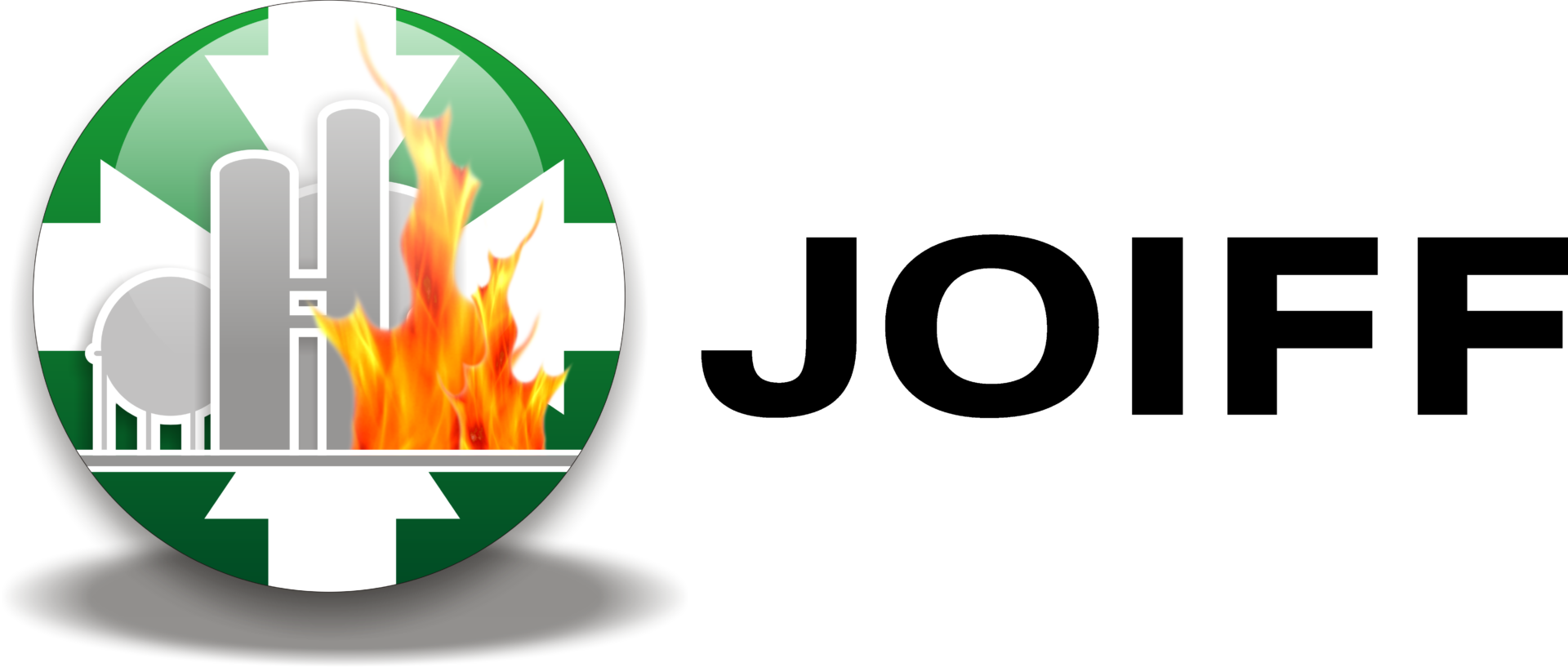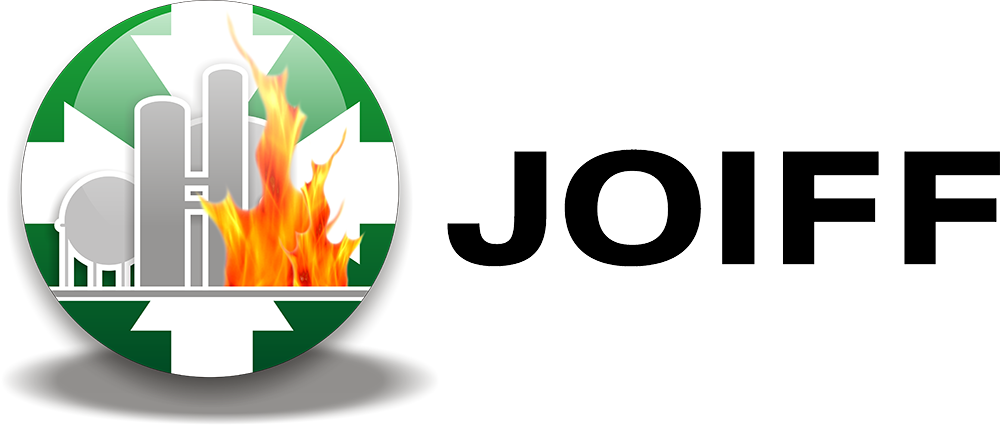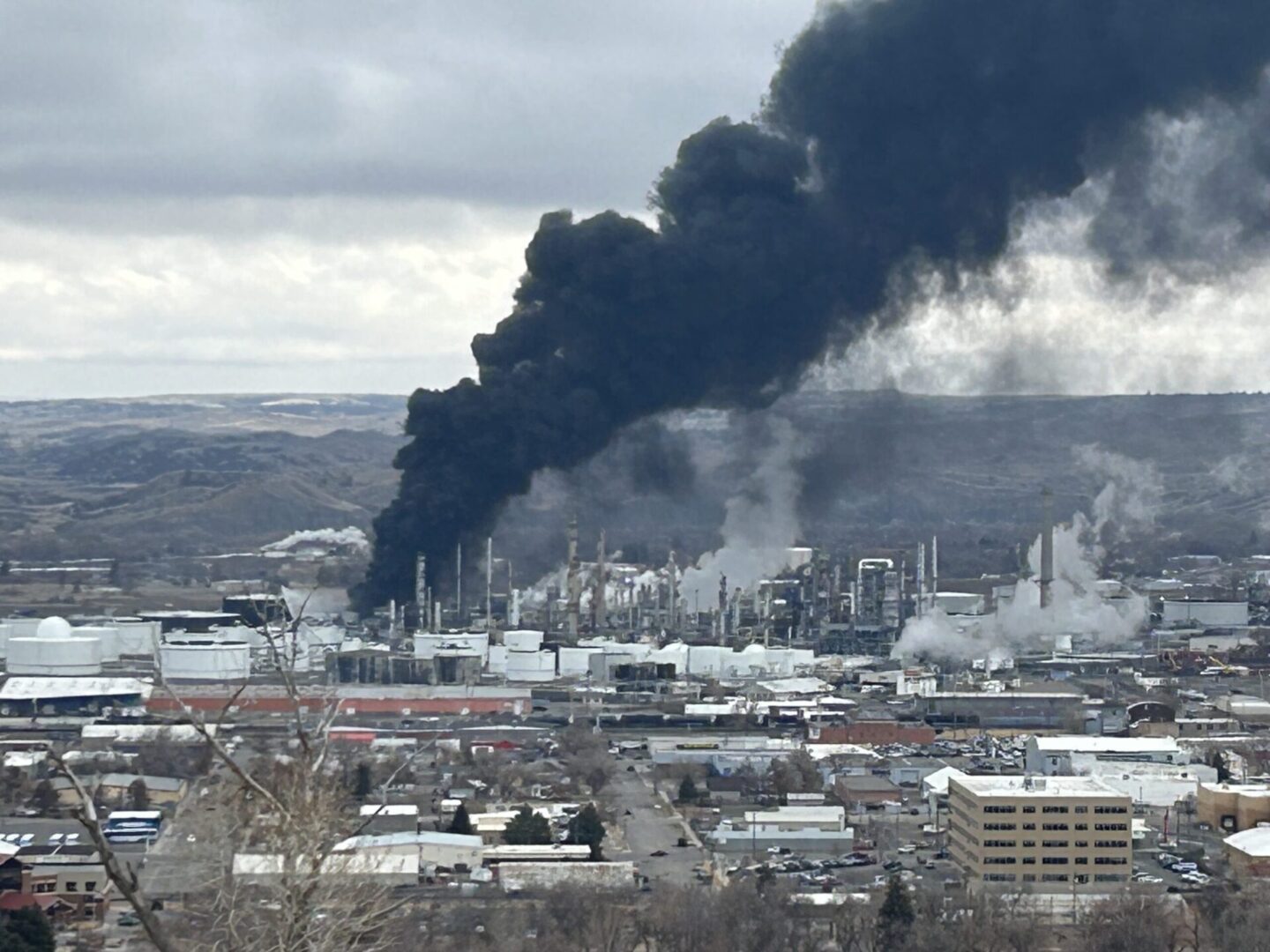Investigation Attributes February Fire at Billings Refinery to Flawed Coking Procedure
Phillips 66 refinery officials in Billings have disclosed the findings of their investigation into the events that led to a series of fires emitting black smoke on February 9th.
In reports furnished to the Montana Department of Environmental Quality following a public information request, senior environmental consultant Matt Evans of Phillips 66 revealed that hydrocarbons, intended to be cleared during the coking process to eliminate solid residue, were inadvertently retained within the refining process for an extended duration. Consequently, the volatile fluids ignited a coke pit, resulting in successive fires.
While Billings residents witnessed black smoke billowing into the sky on a Friday afternoon in February, a subsequent fire occurred later that evening, likely unnoticed amidst the darkness.
The second fire ignited shortly after 6:30 p.m. and was extinguished by 8 p.m., whereas the original fire erupted around 2 p.m. and was contained by 2:54 p.m.
Refineries are required to keep exhaust from coking units at less than 20% opacity. The higher the opacity, the harder it is to see through the smoke or gases. During both fires, opacity levels reached 100%.
According to Evans’ initial report to the Montana DEQ, air quality standards were surpassed for a cumulative duration of 138 minutes during the day.
While the root cause investigation is ongoing, as of the March 6th report from the refinery, the preliminary explanation suggests that liquid hydrocarbons, or oil-based liquids, were somehow not extracted post the cracking process. Crude oil undergoes high temperature and pressure treatment during the “cracking process” to break down complex hydrocarbon molecules into smaller components, suitable for refining into various products ranging from fuel oil to lighter fluid.
Subsequently, the coking process leaves behind solid residue called “coke,” utilized in various industrial applications. However, the removal of this residual coke from coking drums, typically done with water-cutting torches, was incomplete.
Evans’ reports indicate that not all hydrocarbons were removed during the coking process. As the refinery initiated the removal of coke from the drums, the residual hydrocarbons, highly volatile in nature, ignited.
“The preliminary investigation suggests that liquid hydrocarbon reached the tank supplying the quench/cutting water, and inadequate removal of hydrocarbons from the tank ensued,” stated Evans.
Image source: Daily Montanan


